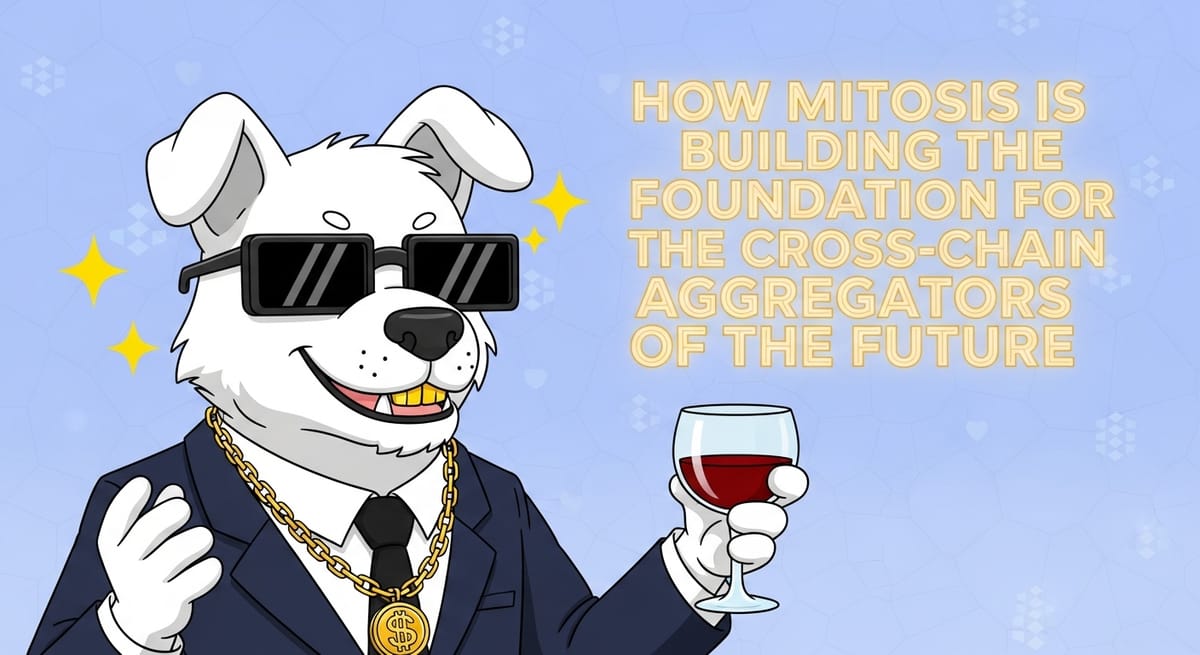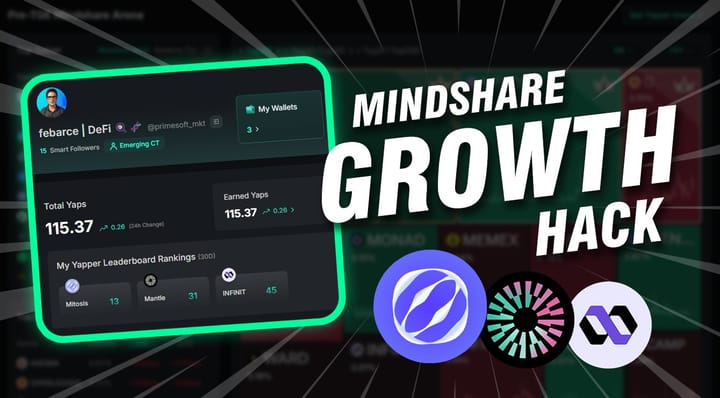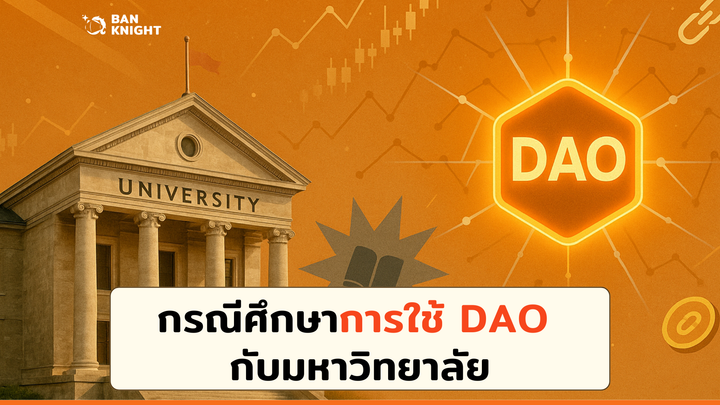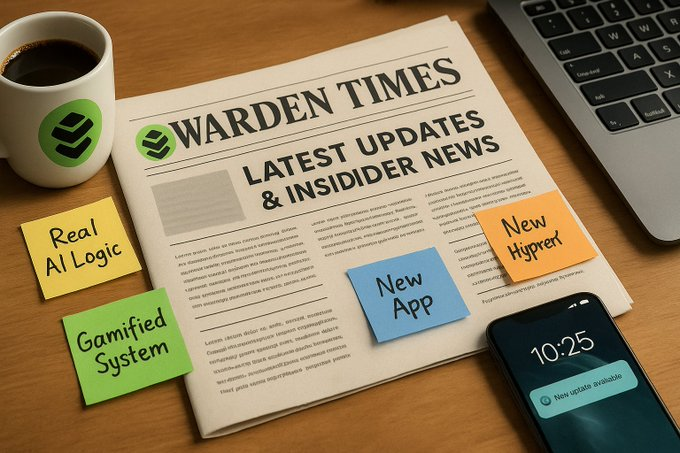Beyond 1inch: How Mitosis is Building the Foundation for the Cross-Chain Aggregators of the Future

1. Introduction: The Aggregator Revolution and Its Limitations
In the world of decentralized finance (DeFi), the emergence of DEX aggregators like 1inch, Matcha, or ParaSwap was a true revolution for users. Instead of manually checking rates on dozens of different decentralized exchanges (DEXs) to find the best price, users got a tool that does it automatically.
How aggregators work (within a single network):
- A user enters which token they want to sell and which they want to buy.
- The aggregator scans numerous liquidity sources (Uniswap, Sushiswap, Curve pools, etc.).
- It finds the most optimal route for the swap, which might even include several "hops" through different pools to minimize slippage and get the user the maximum amount of tokens.
- The user signs a single transaction, and the aggregator executes all the complex logic "under the hood."
Aggregators have made trading in DeFi significantly more efficient and profitable. They solved the problem of liquidity fragmentation within a single blockchain ecosystem.
The New Level of Fragmentation: The Multichain Challenge
However, as the Web3 space has exploded, a new, much more complex level of fragmentation has emerged. Now, liquidity is fragmented not only between protocols on Ethereum but also between the blockchains themselves: Ethereum, Polygon, Arbitrum, Solana, Base, and dozens of others.
This creates a new problem for the user:
- Limited Search: Even the best aggregator on Ethereum cannot find a more favorable exchange rate on a DEX on the Solana network.
- Complexity of Manual Execution: A user might find a better rate on another network themselves, but to act on it, they need to:
- Find a reliable bridge.
- Transfer their assets, paying fees and waiting for confirmation.
- Ensure they have the native token for gas on the destination chain.
- Execute the swap on the target DEX.
By the time this is done, the favorable rate may have disappeared.
It's becoming clear that the next logical step in the evolution of DeFi is the emergence of cross-chain aggregators that can find and execute the best deals across the entire Web3 landscape, not just a single network.
Mitosis: The Necessary "Transport Layer" for Cross-Chain Aggregators
The idea of a cross-chain aggregator is brilliant, but its implementation requires a fundamental infrastructure component – a reliable, fast, and liquid "transport layer" for moving assets between networks. Trying to build such an aggregator by integrating with dozens of different bridges, each with its own risks, fees, and "wrapped" token standards, is an extremely complex and insecure task.
This is precisely where Mitosis, as a cross-chain liquidity protocol, becomes a key element.
Why is Mitosis ideally suited for this role?
- Security: By using EigenLayer AVS, Mitosis offers a high and standardized level of security that aggregators can rely on without risking their users' funds.
- Liquidity (EOL): The Ecosystem-Owned Liquidity model ensures the availability of liquidity for fast settlements between networks, which is critical for executing time-sensitive trading operations.
- Simplicity of Integration (Prospectively): Mitosis aims to provide a single API/SDK for interaction, relieving aggregator developers from the need to maintain multiple integrations with different bridges.
Mitosis can become the "engine" that runs "under the hood" of cross-chain aggregators, handling all the complex work of moving assets between networks.
What Will You Learn From This Article?
In this article, we will explore in detail how Mitosis can become the foundation for a new generation of DeFi aggregators:
- We will walk through a specific example of how a "one-click" cross-chain swap via an aggregator using Mitosis could work.
- We will analyze the advantages this provides to end-users and aggregator developers.
- We will discuss how this synergy contributes to creating a more efficient and unified global liquidity market.
We will show how Mitosis helps solve the fragmentation problem at a new, inter-network level, bringing us closer to a future where the best financial opportunities in Web3 are accessible to everyone, regardless of which network they are on.
2. Anatomy of a "One-Click" Cross-Chain Swap
Let's break down a specific example of how a cross-chain aggregator built on top of Mitosis might work, and the advantages this provides to all participants.
Scenario: Swapping ETH for SOL at the Best Rate
Let's imagine Alice. She has 1 ETH in her wallet on the Arbitrum network. She wants to swap it for the maximum possible amount of SOL.
- Without a Cross-Chain Aggregator: Alice checks the rates on Arbitrum DEXs (e.g., Uniswap, Sushiswap) and on Solana DEXs (e.g., Orca, Raydium). She discovers that the ETH/SOL rate on Solana is significantly better. She has to manually transfer her ETH (or wrapped ETH) via a bridge, wait, pay fees, and then perform the swap on a Solana DEX.
- With a Cross-Chain Aggregator Powered by Mitosis:
- Step 1: User's Request. Alice goes to the cross-chain aggregator's website. In the interface, she simply selects "Sell 1 ETH from Arbitrum" and "Buy SOL on Solana."
- Step 2: Aggregator's Work. The aggregator instantly scans dozens of liquidity sources on both networks. It confirms that the best route is to transfer the assets to Solana and swap there. It calculates the optimal path and shows Alice the final amount of SOL she will receive, with all fees (aggregator, Mitosis, DEX) already accounted for.
- Step 3: One-Click Confirmation. Alice sees the final quote and clicks "Confirm Swap." She signs a single transaction in her wallet on Arbitrum, which gives the aggregator permission to use her 1 ETH.
- Step 4: The "Under the Hood" Magic (The Role of Mitosis).
- The aggregator's smart contract on Arbitrum receives Alice's 1 ETH.
- It immediately calls the Mitosis protocol's function to transfer 1 ETH from Arbitrum to Solana.
- Mitosis, using its secure infrastructure (AVS) and liquidity (EOL), ensures a fast and reliable transfer. The aggregator's wallet (or a special temporary wallet) on Solana receives the equivalent of 1 ETH (e.g., wETH).
- The aggregator's smart contract on Solana automatically swaps this wETH for SOL on the DEX with the best rate.
- The resulting SOL is immediately sent to Alice's wallet on Solana.
- Step 5: The Result. After a few minutes, Alice sees her SOL balance on Solana has increased. The entire complex process was executed automatically after her single action.
Advantages for Ecosystem Participants
This interaction model, made possible by Mitosis, creates benefits for everyone:
- For Users (Alice):
- Best Price: Guaranteed access to the best exchange rates across all of Web3.
- Simplicity and Convenience: A complex, multi-step process is replaced by a single click.
- Time and Cost Savings: No need to manually pay bridge fees and multiple transaction fees, plus time savings.
- Enhanced Security: The user trusts one reputable aggregator, which in turn relies on Mitosis's security, instead of risking funds on unknown bridges.
- For Aggregator Developers:
- Simplified Development: Instead of integrating and maintaining dozens of bridges, developers integrate one reliable "transport layer" – Mitosis.
- Competitive Advantage: The ability to offer users a unique cross-chain swap service, attracting a larger audience.
- Reliability: Relying on Mitosis's security and liquidity reduces risks for the aggregator itself.
- For the Mitosis Ecosystem:
- Volume Growth: Aggregators become major "suppliers" of transactions for Mitosis, increasing its volumes and treasury revenues.
- Strengthening Network Effects: The more aggregators and dApps use Mitosis, the more central and indispensable it becomes, attracting even more liquidity and users.
Conclusion: From Fragmentation to Global Efficiency
Cross-chain aggregators built on reliable infrastructure like Mitosis are not just a convenient tool. They are the next logical step in the evolution of DeFi, aimed at creating a single, global, and efficient liquidity market.
They solve the fundamental problem of fragmentation at the user level by abstracting away all the complexity of the multichain world. Mitosis, in turn, solves this problem at the infrastructure level by providing the reliable "rails" and "fuel" (liquidity) for these aggregators to operate.
The synergy between Mitosis and future cross-chain aggregators promises to transform today's complex and fragmented DeFi into a world where capital can instantly and with minimal cost find its point of most effective application. This is a future where the best financial opportunities of Web3 will become truly accessible to everyone, and Mitosis plays a key role in building it.
Learn more about Mitosis:
- Explore details on the official website: https://www.mitosis.org/
- Follow announcements on Twitter: https://twitter.com/MitosisOrg
- Participate in discussions on Discord: https://discord.com/invite/mitosis
- Read articles and updates on Medium: https://medium.com/mitosisorg
- Blog: https://blog.mitosis.org/



Comments ()